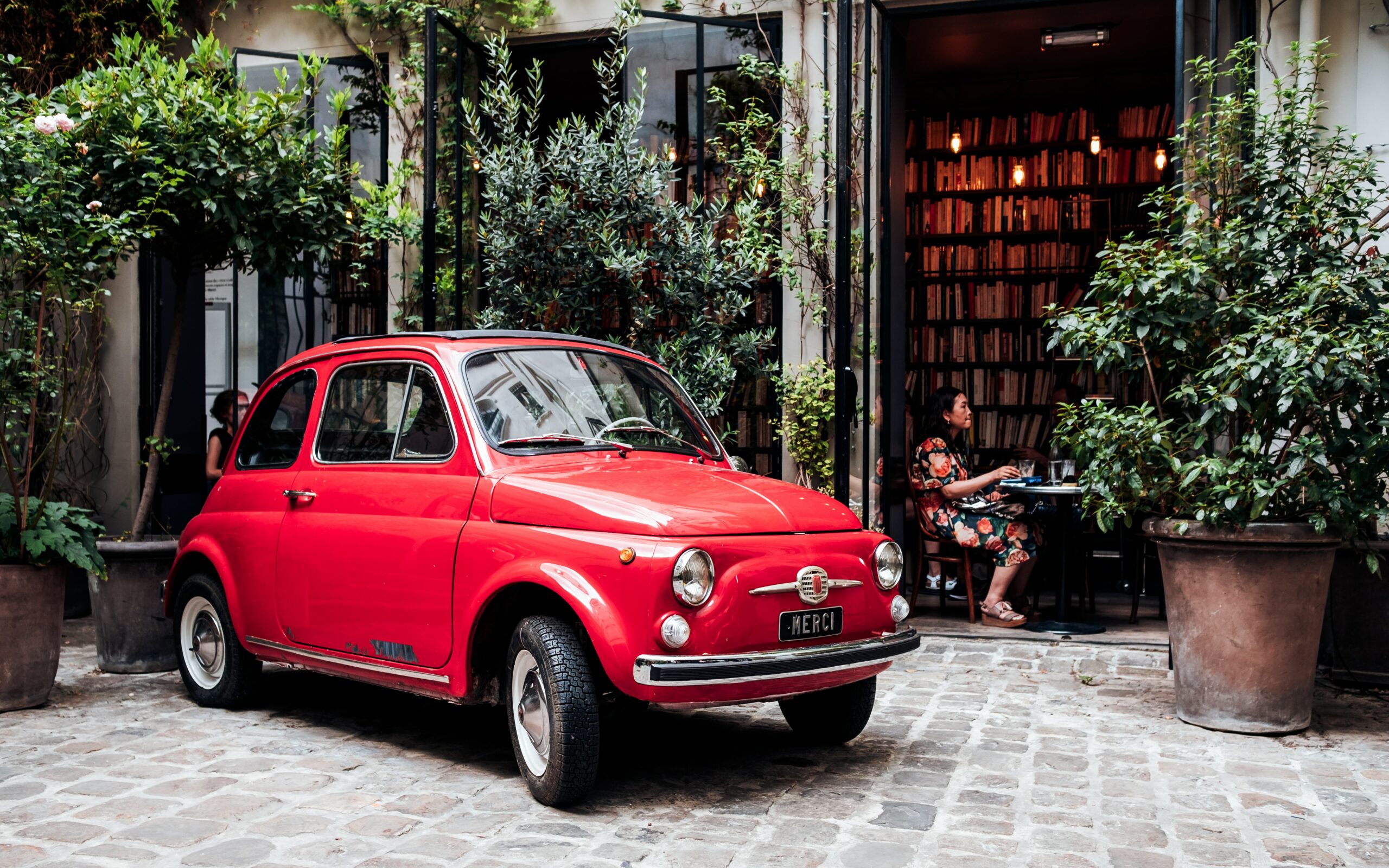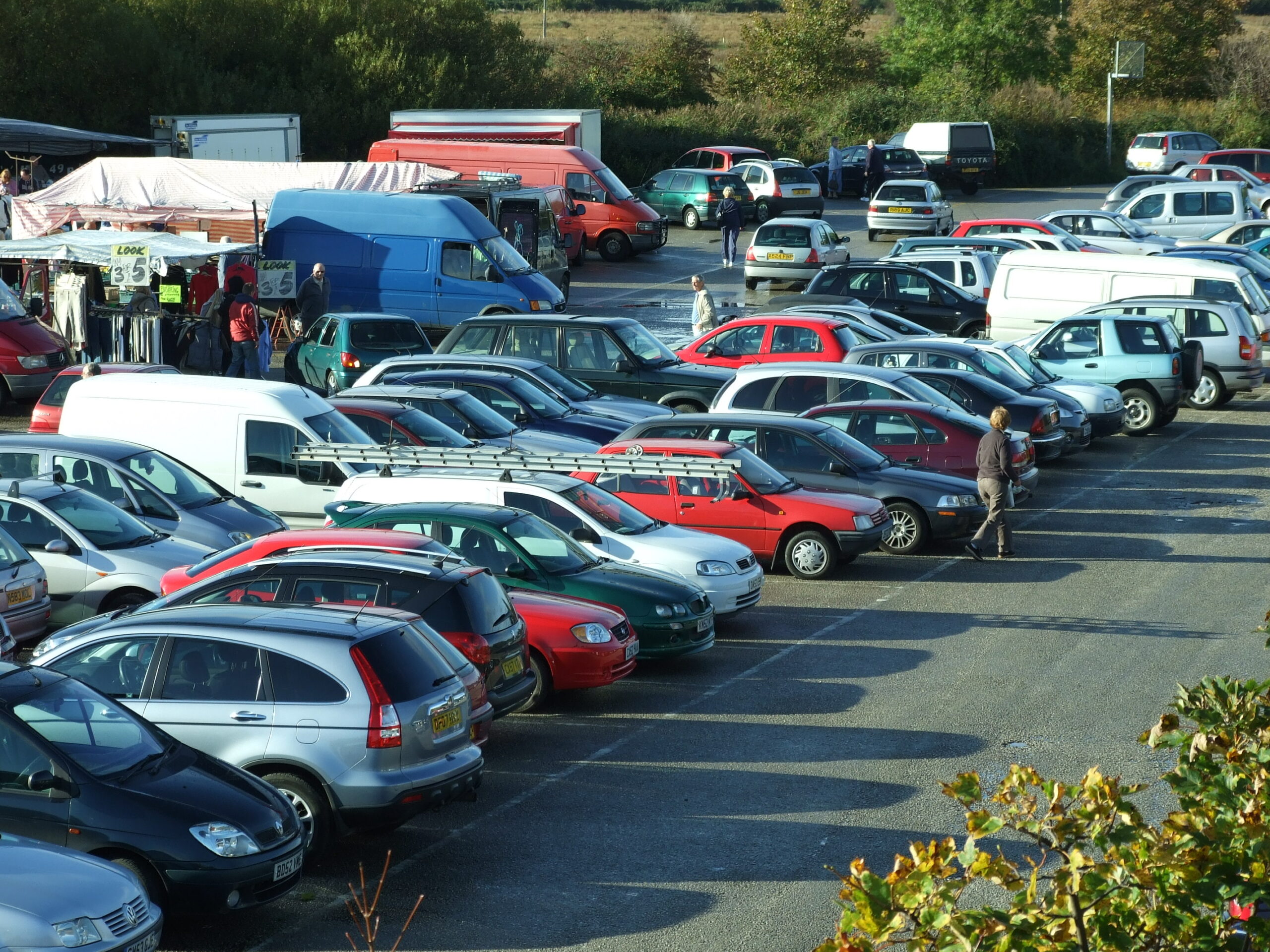We are often asked if the light vehicle fleet (all of the cars, vans, and SUVs in New Zealand) are getting smaller or larger over time.

One one hand, may small cars are quite popular, and the large vehicles popular in previous decades are now far less numerous.
On the other hand, the popularity of SUV’s and double-cab utility vehicles (utes) has increased. Electric and electric-hybrid vehicles are sometimes slightly larger than their internal combustion equivalents in order to accommodate the battery and second drive-train. It also seems like many longer-lived models, like the Toyota Corolla for example, get larger with every update.
Updating AS/NZS 2890.1
This question became particularly important for the update of joint Australian and New Zealand Standard 2890 Parking facilities Part 1: Off-street car parking, the acceptable solution for the New Zealand Building Code. Several councils in both New Zealand and Australia had noted that longer vehicles extending into parking aisles appeared to be more common. They asked that this be considered in the update of the standard, which was last updated in 2004.
As part of our work assisting to update the standard we researched the dimensions of the New Zealand light vehicle fleet. (In New Zealand a light vehicle is defined as one with a mass less than 3.5 tonnes).
Starting with the open-sourced database of all vehicles registered in New Zealand, we first removed all heavy vehicles, trailers, motorcycles, agricultural vehicles, and special-purpose vehicles leaving 4.2 million vehicles of interest. We then researched basic dimensions (length, width, wheelbase and height) from a variety of proprietary and internet sources. We managed to obtain dimensions for 3.9 million of the vehicles (94% or the entire fleet and 98% of all vehicles first registered since 2000). We then sorted and ranked all of the vehicles and produced a distribution for the key dimensions.
Design Vehciles
When designing parking facilities it is often important that the design can accommodate almost every car, for example on access ramps. For that reason the key design vehicle has dimensions at something like the 99th percentile (only 1% of vehicles are larger in some dimension). The 2004 edition of AS/NZS 2890.1 provides the B99 (99.8th percentile) design vehicle for these situations.
In other situations, such as designing the size of a parking aisle, it can be wasteful to make every parking space large enough for the biggest vehicles, where larger vehicles can fairly easily make more than one movement if needed. For that reason design standards typically adopt a slightly smaller vehicle such as the 85th percentile (15 of vehicles are larger in some dimension). The 2004 edition of AS/NZS 2890.1 provides the B85 (85th percentile) design car for these situations.
What we found
Our research found that the New Zealand fleet is almost the same size as the AS/NZS 2890.1 design vehicle at the 85th percentile level, and has increased in size at the larger end of the scale, where vehicles are now wider and significantly longer. One contributing reason for this change is the increased popularity of double-cab utes.

Our research, along with similar research undertaken on the vehicle fleets in Queensland and New South Wales, is informing the update of AS/NZS 2890.1 which is currently in progress. The updated draft standard is not yet available, and will be subject to comment before it is finalised, so it is too soon to confirm what the new design vehicles will be.
In the meantime, if you need advice on parking design based on recent research, please get in touch as we can help.
